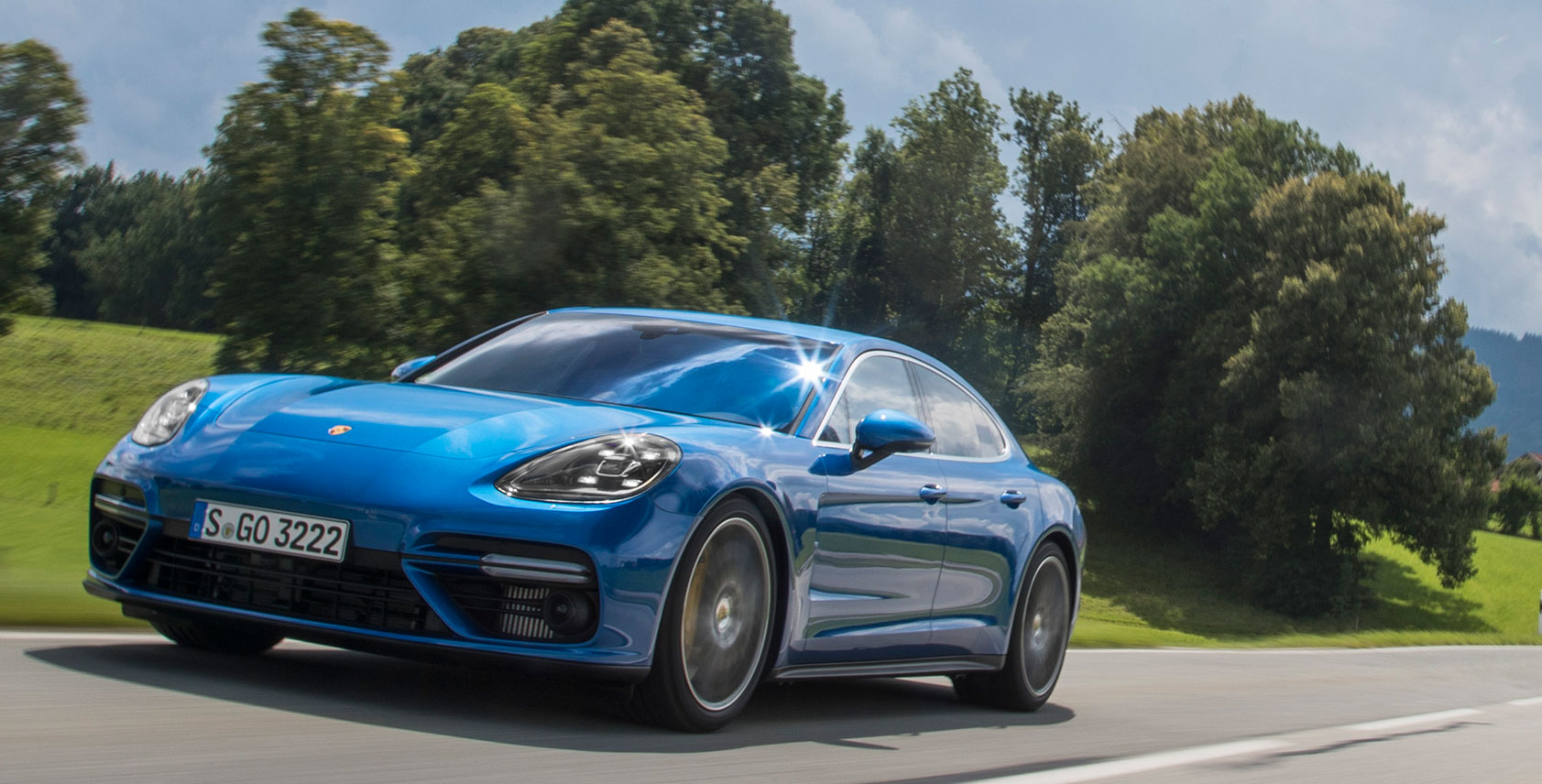The Porsche Panamera Will Make You Look Forward to Your Commute
It’s actually strange that so much ink is spilled over horsepower and handling. Not to betray my car critic brethren, but if we’re honest, we talk about those things so often because they are tangible, easily quantified with numbers pulled out of a press release. Car guys, like most guys, can struggle when it comes to describing how a car makes them feel. Numbers are what we know.
So here are some other numbers worth considering: in Canada, 11.4 million people drive to work each day; in Toronto, Canada’s largest city, drivers face the longest average commute time of more than an hour per day. For many people, it’s much longer. For everybody, it feels a whole lot longer.
Does horsepower or handling matter much for these 11.4 million drivers? You can’t flex your V8 muscle in bumper-to-bumper traffic. In fact, an argument could be made that an interminable commute feels even more frustrating when you know how powerfully your car could be moving, if only the roads were clear. When you’re stuck inching home at 35 km/h, all you want is a place to relax and let the dulcet tones of Marc Maron’s podcast wash over you — a place to sooth your seething road rage.
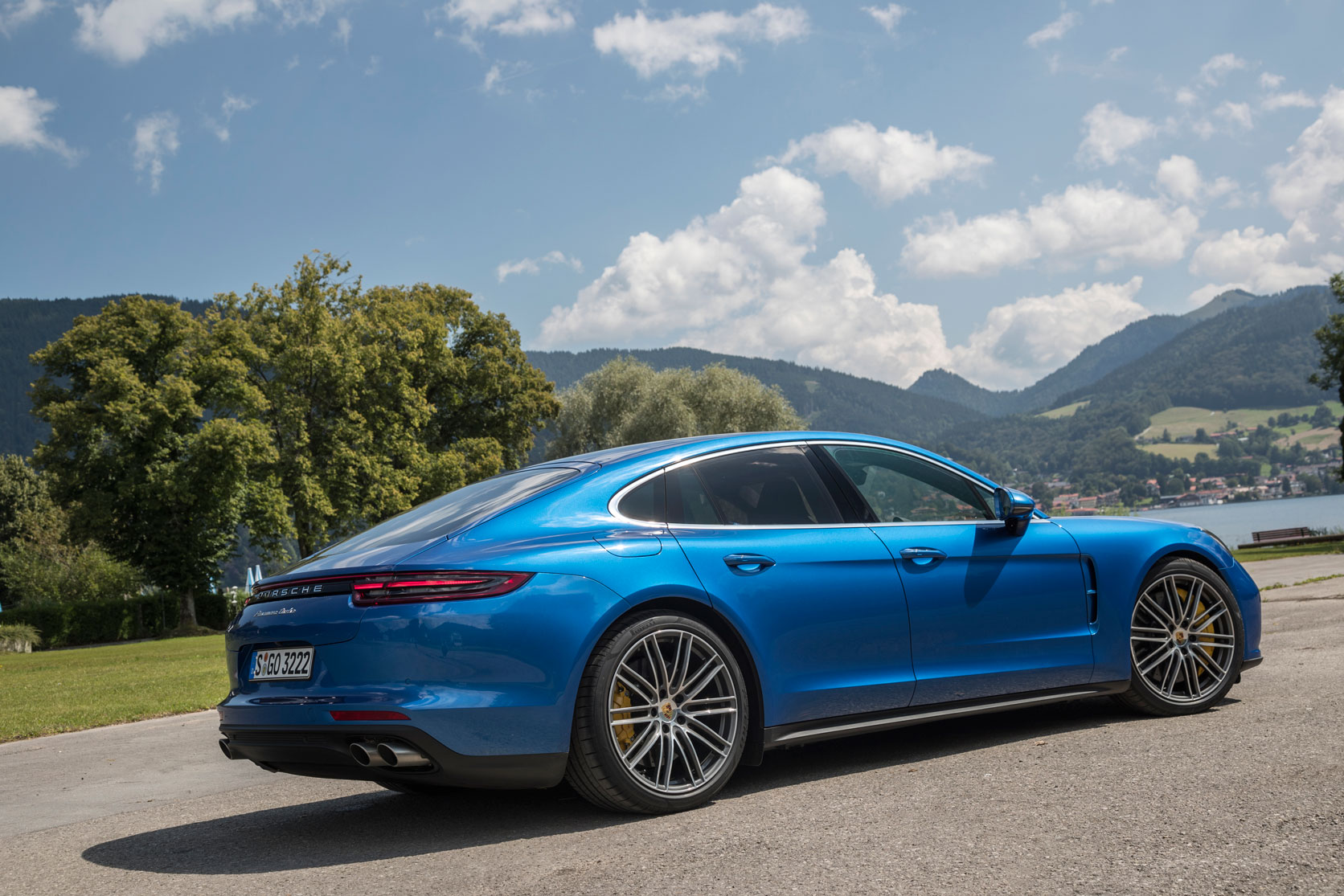
A professional chauffeur once told me natural materials like leather and wood reduce stress. He drove a Rolls-Royce and seemed supremely at ease with himself and the world. I don’t know if the science holds up, but his assertion feels true.
For these reasons, the all-new second-generation Porsche Panamera is the best luxury sedan $100,000 can buy right now. (Okay, a tad more than $100,000.) Porsche’s designers got to start with a blank sheet of paper, and they designed the first Porsche that’s actually built for real-life driving conditions.
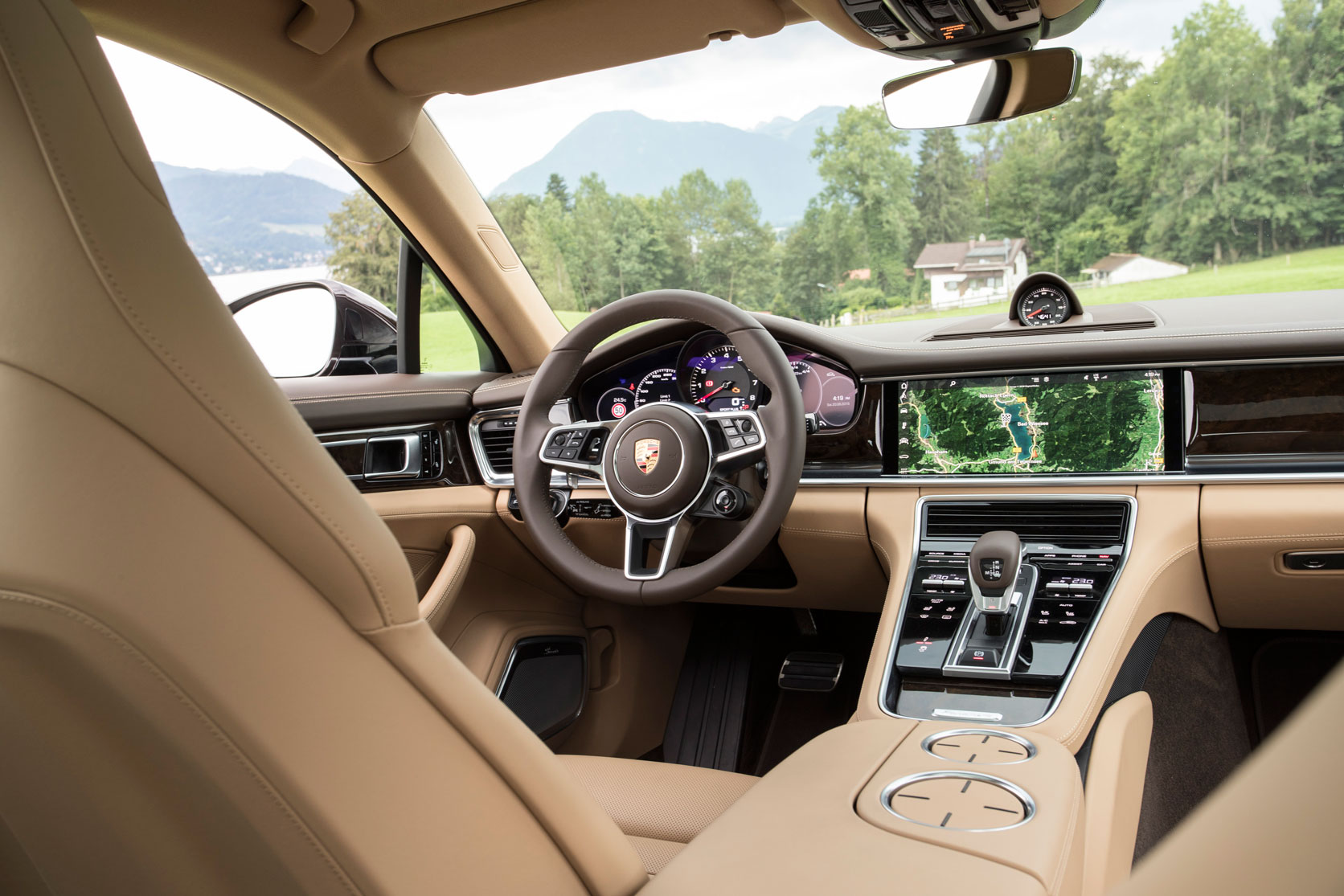
The cabin is nicer than most living rooms. Although it adopts some modernist principles — truth in materials, simplicity, and clarity of form — it’s not modernist. It hides its inner-workings under clean slabs of leather and LED screens. Layered horizontal lines — à la Frank Lloyd Wright — stretch across the width of the dashboard and wrap around the doors. The plastic buttons of the old Panamera have been replaced by a black glass touch-panel between the front seats. And there are design flourishes, like a knurled metal volume knob and sculptural gear-lever.
Within this clean design, Porsche’s designers have managed to integrate heaps of technology so that it’s largely invisible. The graphics on the huge central touchscreen — running Porsche’s latest PCM operating system — match the colour scheme of the surrounding materials. It’s complex, yes, but you’ll get used to it quickly. The screen doesn’t stick up above the dash like an afterthought. The technology isn’t intrusive.
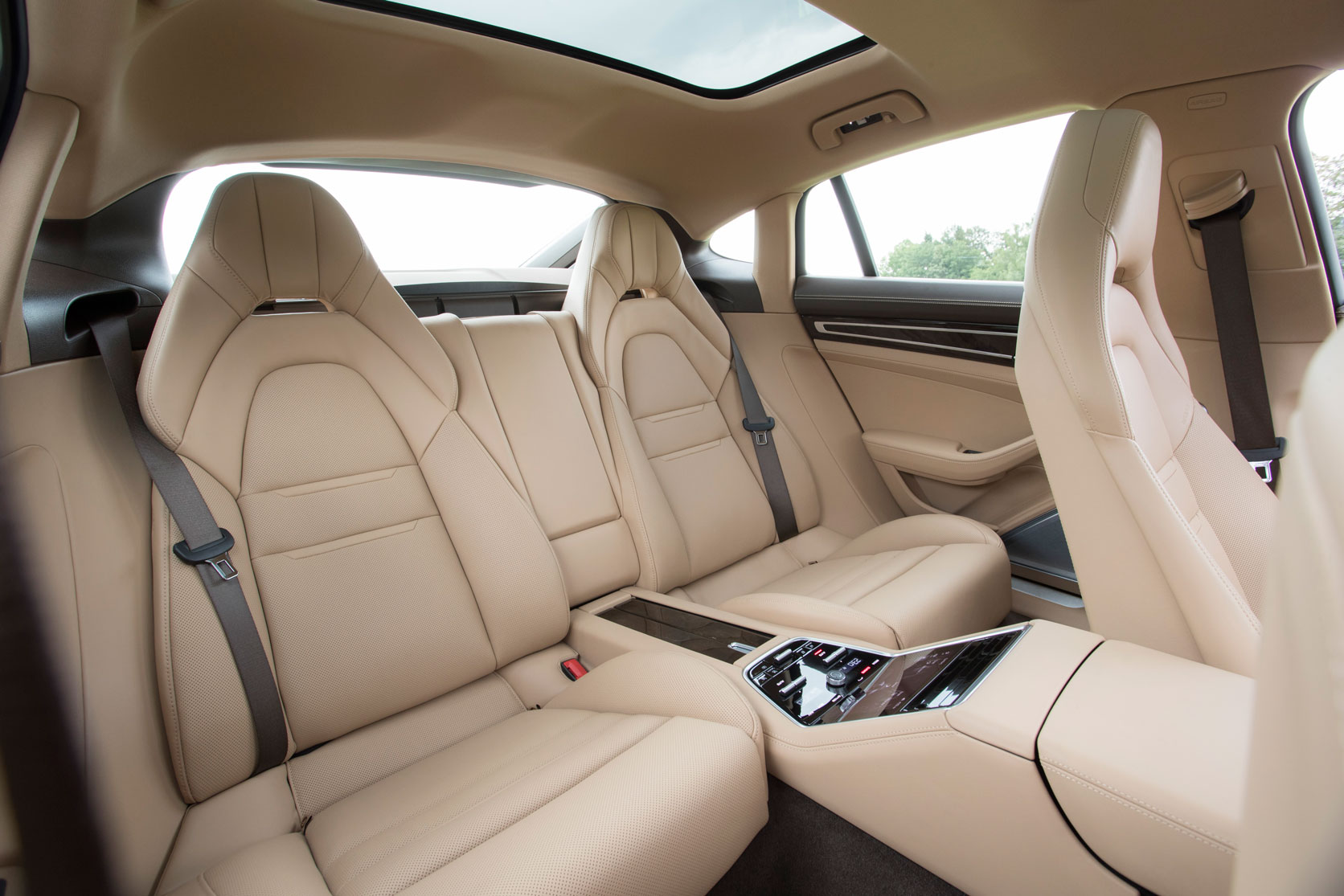
On the road, the cabin is quiet as a college library during finals week, even at 140 km/h (when you get to do that). The optional Bose stereo is nice, but the $8,590 optional Burmester stereo, with 21-speakers and 1,455-watts, will blow your home hi-fi away. Ira Glass’s vocal fry never sounded so deliciously crisp.
The seats disappear beneath you as you float through traffic. The air suspension soaks up the road. An hour feels like half that. Even if we can’t let its 440 horsepower loose like we might want, there’s nowhere we’d rather be in rush hour than behind the wheel of the new Panamera.
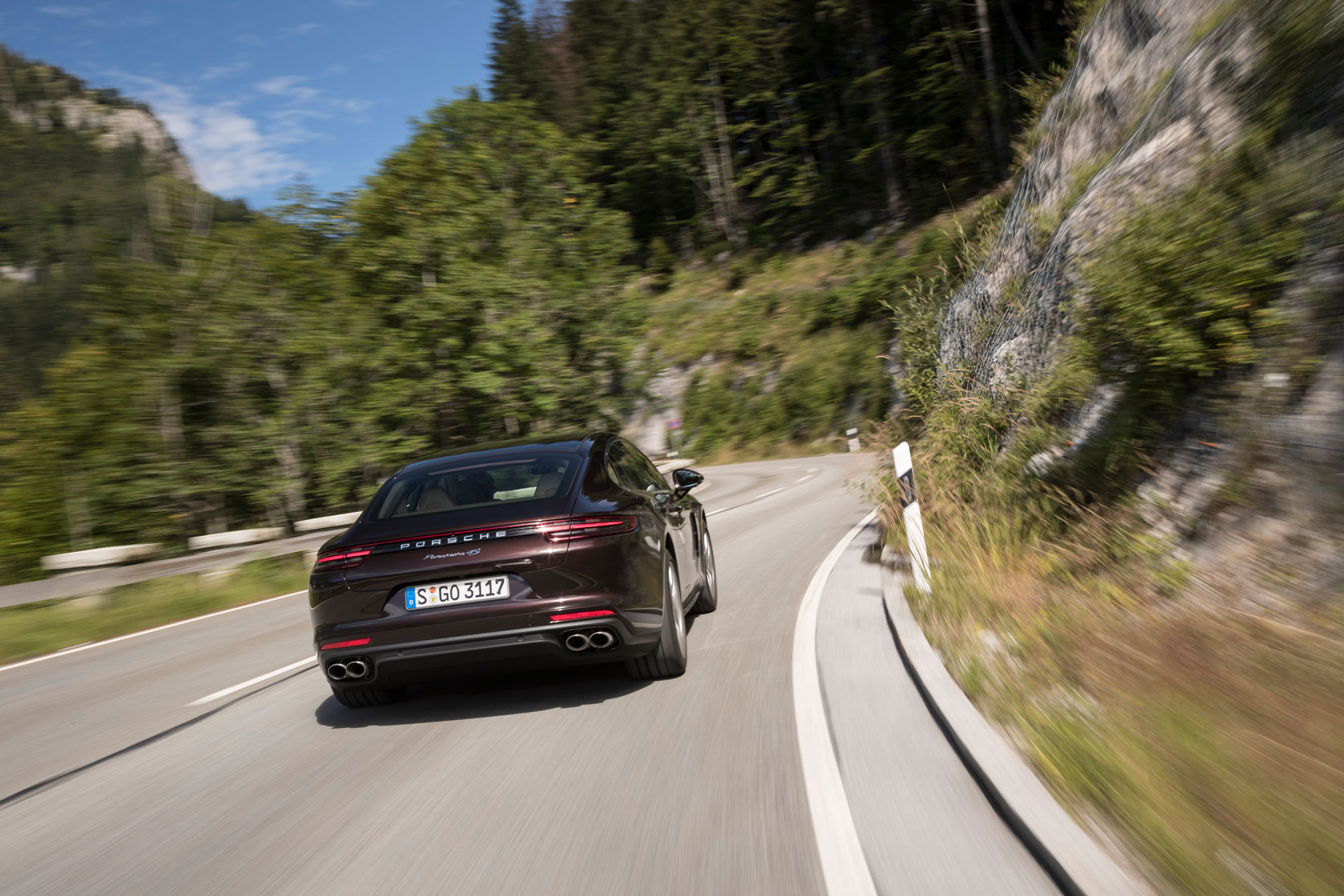
Specs:
